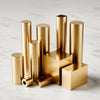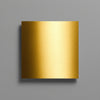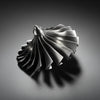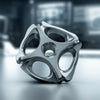
Brass Rod Profiles, Sizes, Tolerances: Pick The Right Stock
Brass rod profiles, sizes, and tolerances explained. Find the right brass rod for your project, from machining tips to sourcing and finishing advice.

Brass Sheet: 9 Essential Points To Specify, Fabricate, And Source
Get expert guidance on brass sheet selection, fabrication, finishing, and sourcing for any project. Covers alloys, specs, finishes, and CNC options.

Brass Table Lamp Shortlist: Shop Confidently In Minutes
Shop the best brass table lamp picks with expert reviews, styling tips, and comparison charts to find your ideal lamp for any room or décor.

What Is Titanium? Fast Facts, Real Uses, Costs, And Myths
Titanium: a lightweight, corrosion-resistant metal used in aerospace, medical implants, and jewelry. Learn its properties, uses, cost, and common myths.

Titanium Alloy In 9 Essential Points: Grades, AM, Design, Sourcing
Titanium alloy explained in 9 key points—grades, properties, AM, machining, sourcing, and design tradeoffs for engineers and buyers.

Titanium Metal: 10 Essential Points For Smarter Decisions
Make smarter decisions with this titanium metal guide—covering properties, grades, processing, costs, and procurement for engineering and manufacturing.

Anodized Titanium: 9 Essential Points Engineers Miss
Learn how anodized titanium delivers vibrant, durable colors without dyes. Discover processes, applications, and quality tips for engineers and makers.

Black Titanium Exposed: What It Really Is And What It Isn't
Get the facts on black titanium: what it is, how it's made, real vs. marketing claims, durability, and how to buy authentic black titanium jewelry.





